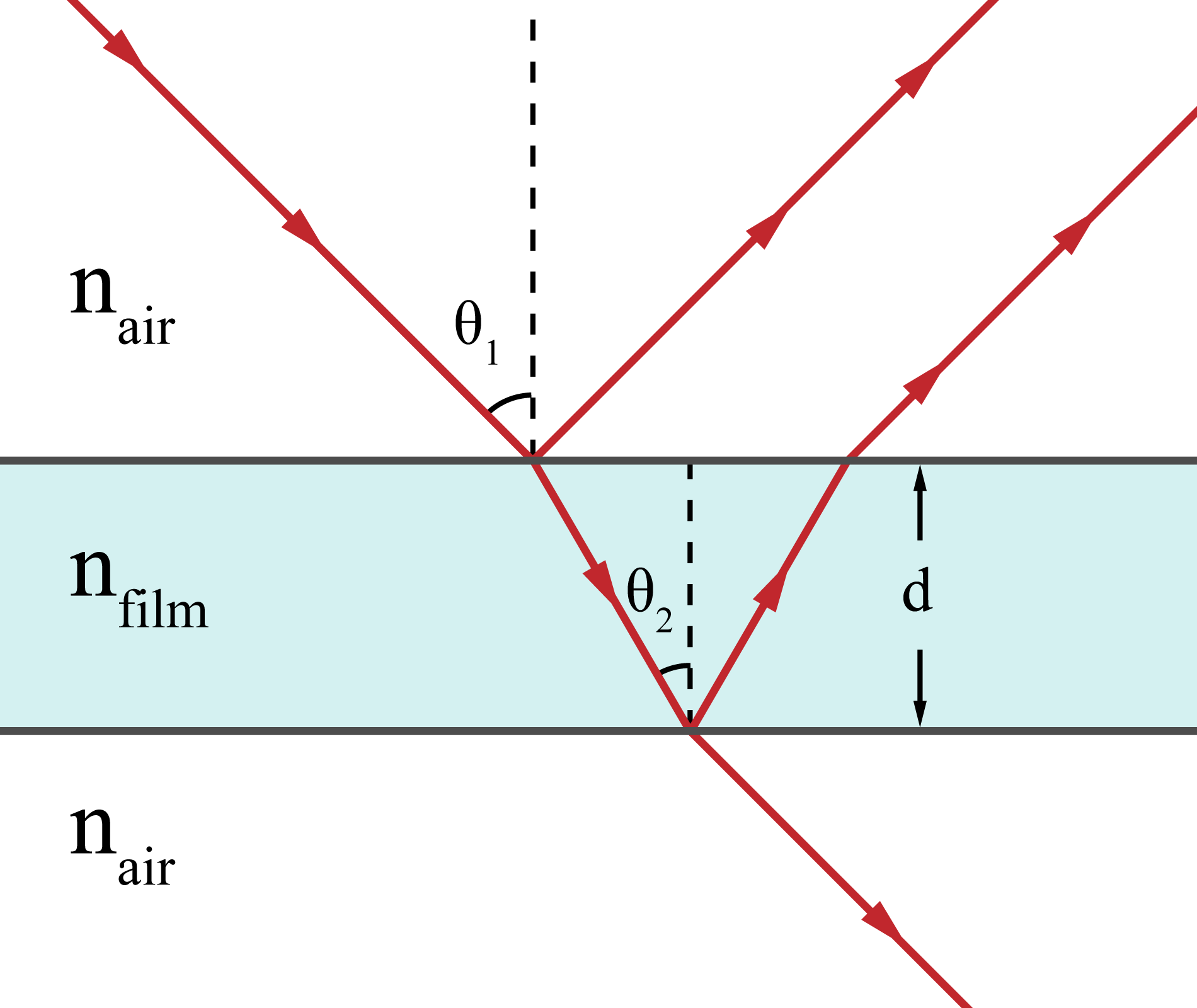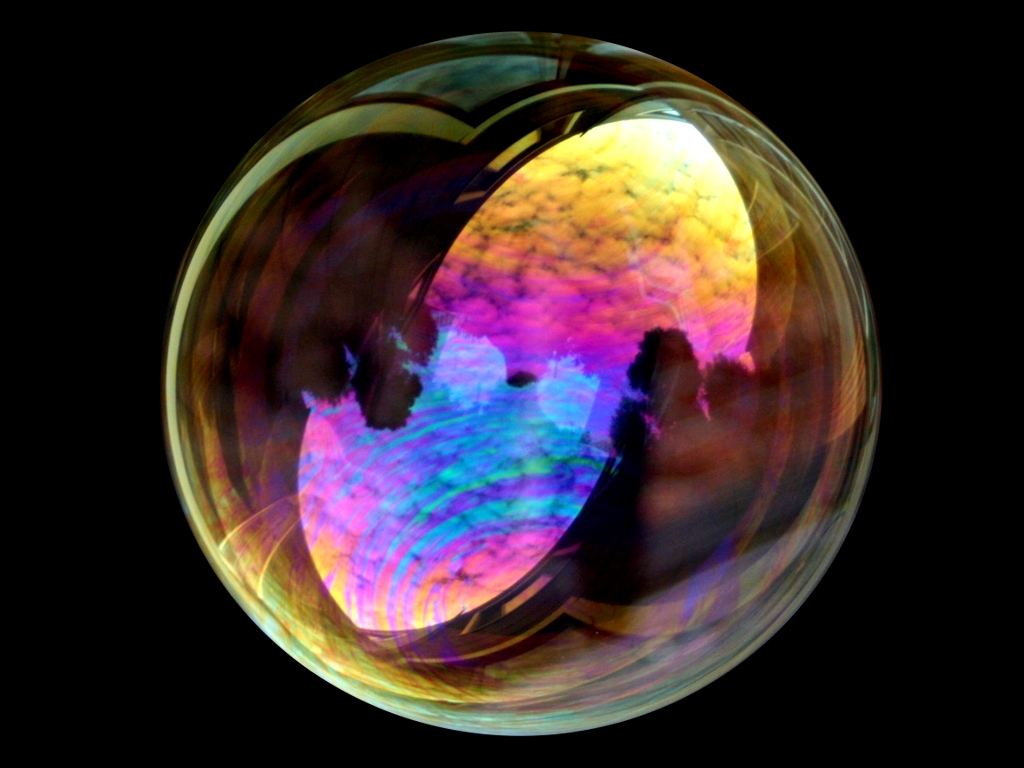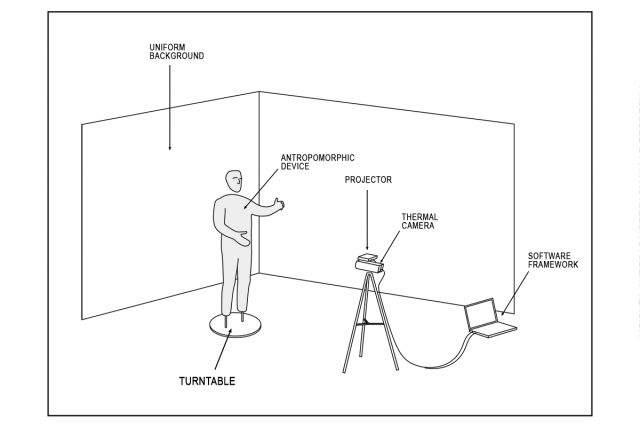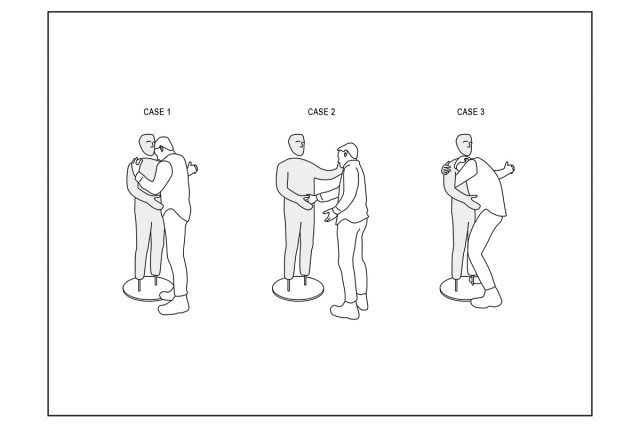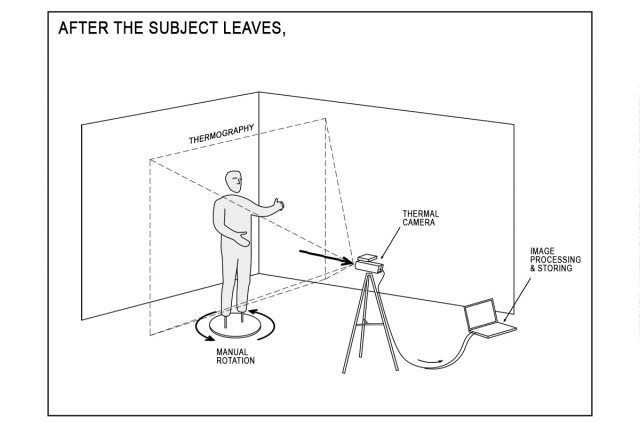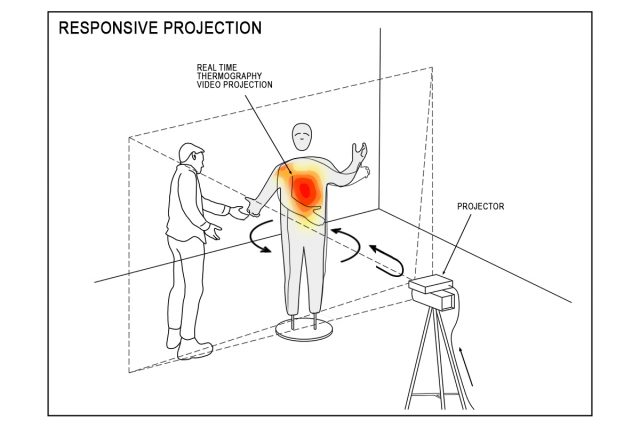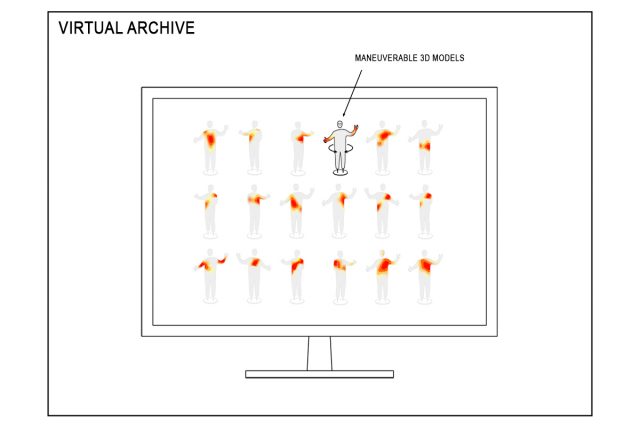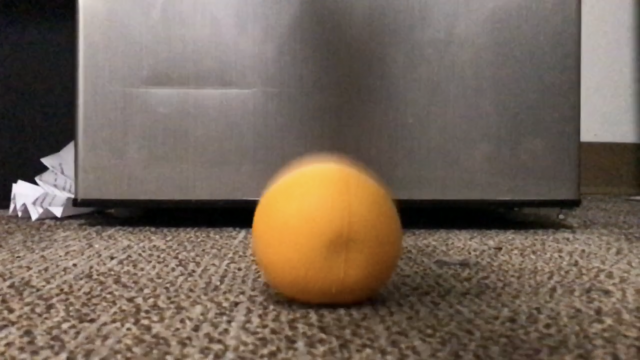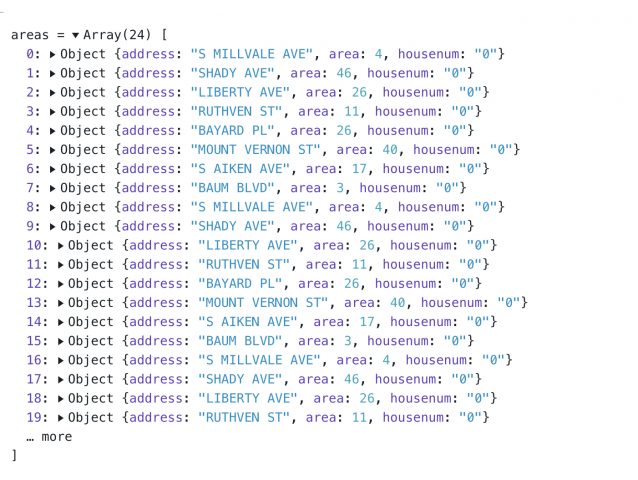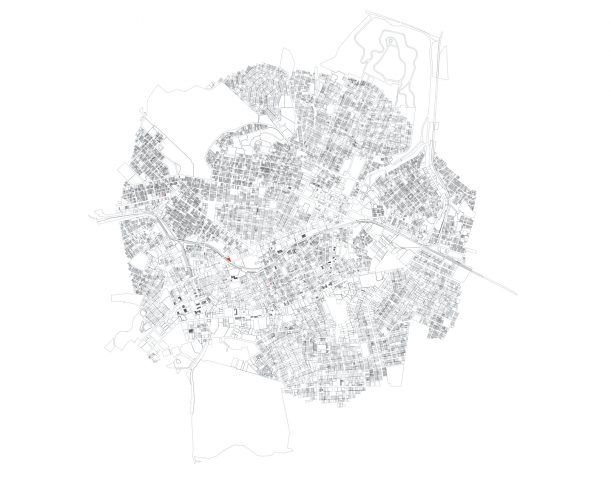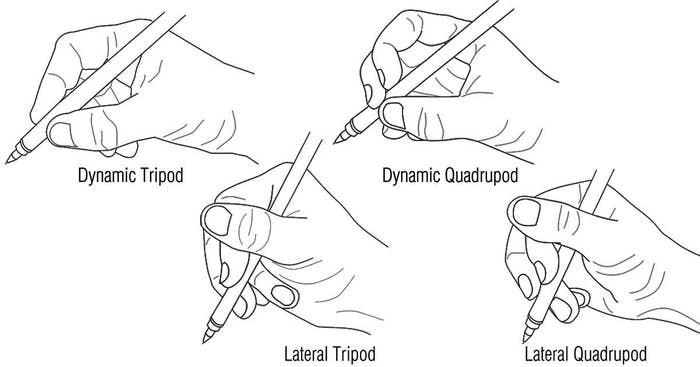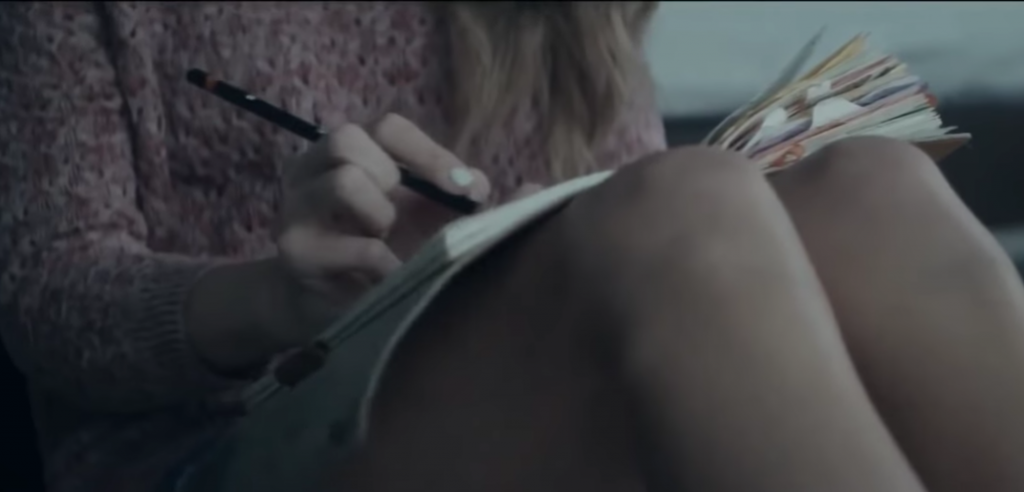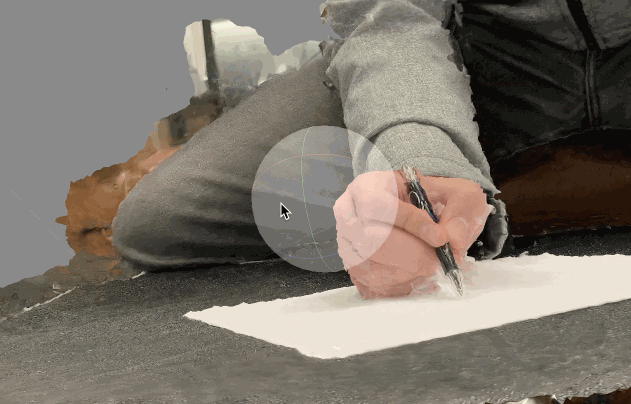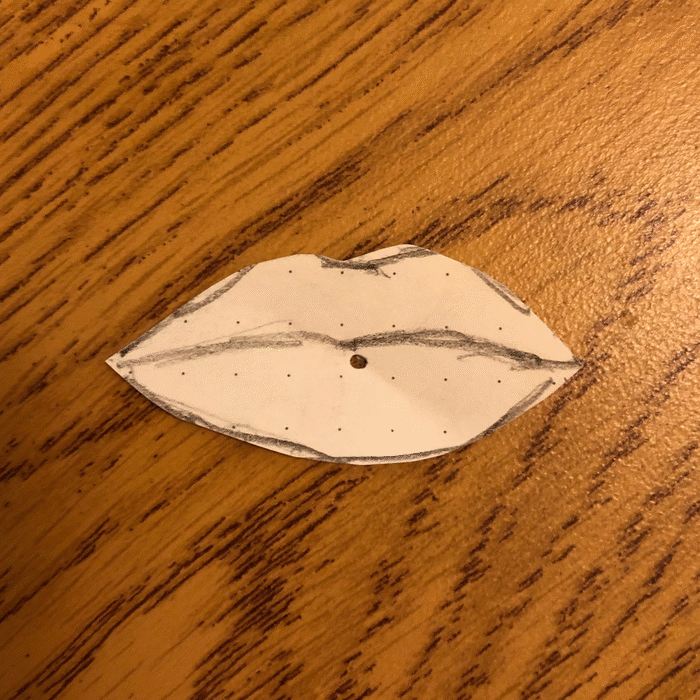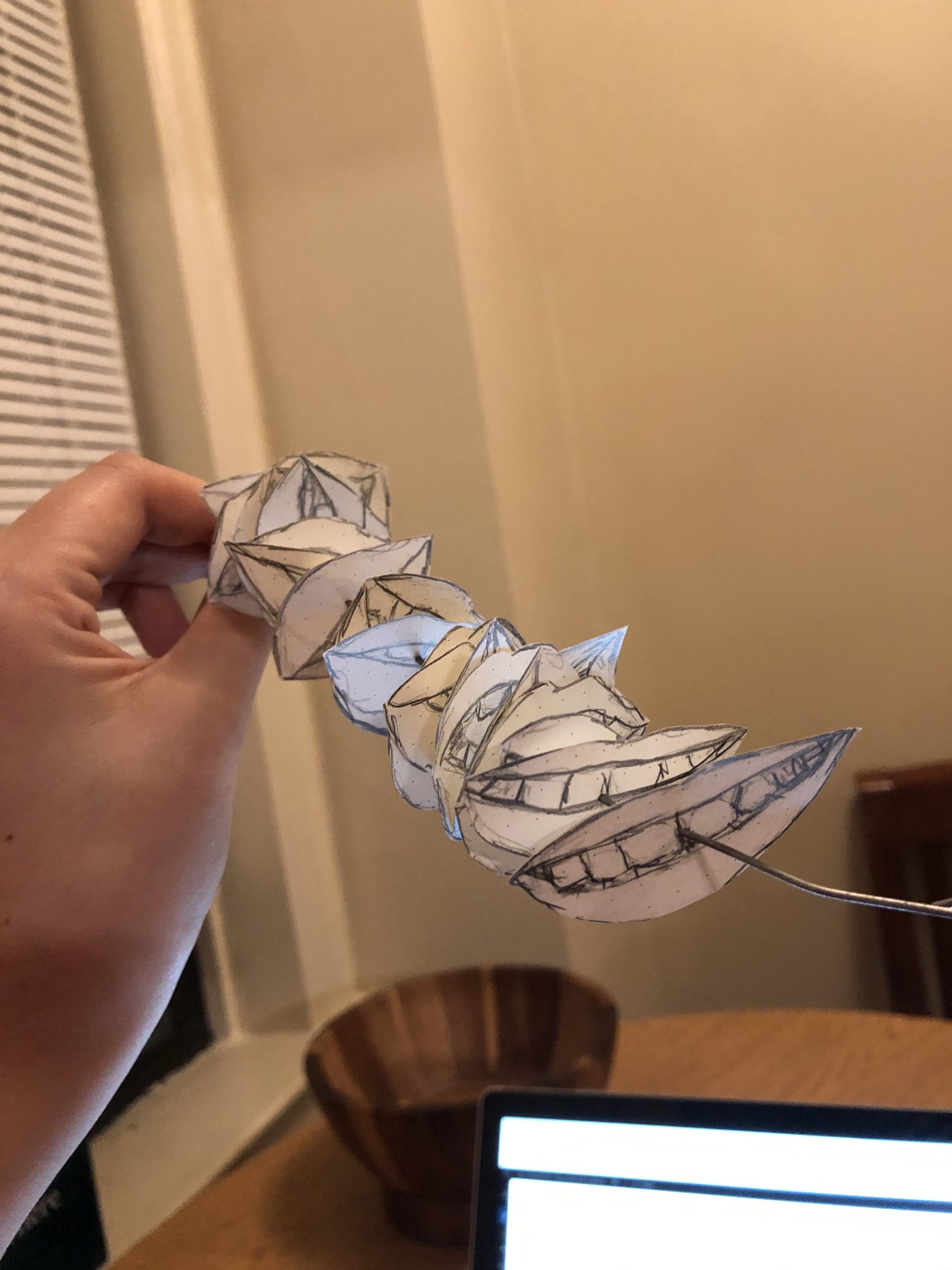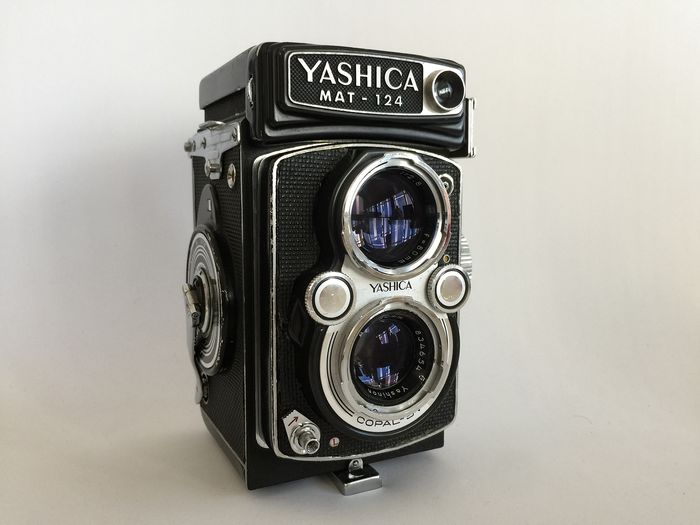For my typology project, I plan to use Legos to explore people’s ideas of space travel. In short, I’m going to present different people with the same set of Lego pieces and ask them to build a spaceship. I am interested in both what they think (the ultimate structure they create) and how they think (their process of construction). I was inspired by the typologies we were shown in class where people were asked to create things, like Kim Dingle’s “The United Shapes of America.”
Why a spaceship?
I had a few criteria in mind when deciding what my prompt would be. I want it to be vague enough that people could use their own creativity, which is one of the joys of Lego. Showing a picture and telling them to “make this” would not only be less fun for them, but would probably yield less interesting and varied results. On the other hand, I don’t want to overdo the vagueness and make the participants feel pressured to generate artistically meaningful ideas themselves (ie. “build what love means to you” or “build whatever you want”). I think those results would also not be very interesting. Finally, I want the prompt to investigate a question I find meaningful. This one’s certainly subjective, but I kept it in mind anyway. I have to like this project after all.
I landed on “spaceship” because it’s a wonderfully overloaded term. Am I talking about a NASA rocket, a flying saucer, or a sci-fi warship? For any given person, chances are they already have a mental image of a “spaceship,” and it’s different from someone else’s. Space travel has been explored in the news and media in many different ways, and I want to see which of these emerge in people’s designs. How many will add some kind of weaponry? Will they be grounded in science? Will they resemble particular spaceships from franchises? I think this has the potential to be interesting.
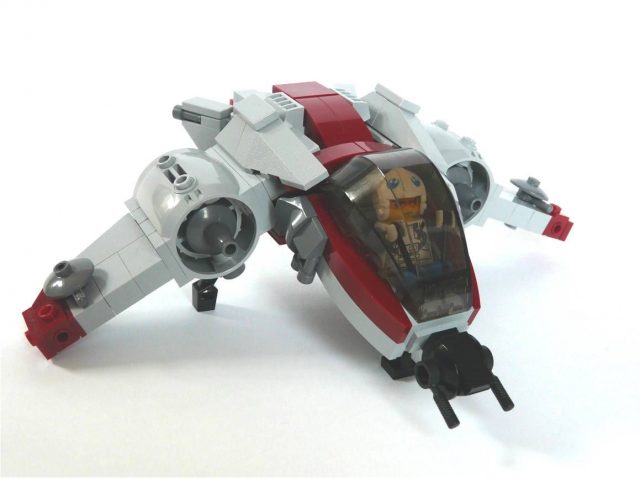

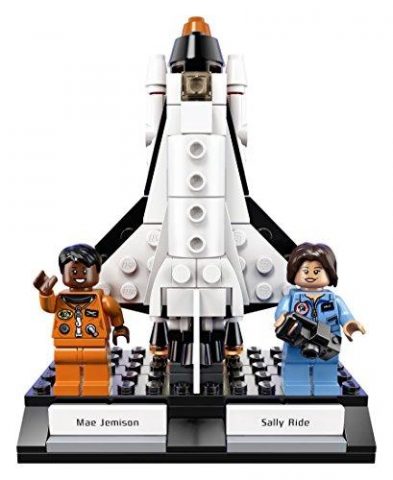
Also, spaceships feel very “on brand” for Legos, which I always associated with STEM and sci-fi. It feels like an appropriate use of the medium. I also considered “robot” for the prompt, because it’s also sci-fi and has been widely explored in the media. But I thought it was a little too vague: people know robots can be anything from boxes on wheels to giant arms to realistic humanoids, so I expect many would either require further clarification or default to a sort of “boxy humanoid” that I don’t find very interesting.
What’s the procedure?
I will set up a building area on a table in an area with consistent lighting. The table will be covered in black (or possibly something space-patterned if I can find that) and have a pile of Legos. This set will include a lot of curvy, slanty, and smooth pieces, which are important to spaceships. There will be a camera on a tripod pointed at the building area, about 45 degrees downward and to the right side of the builder. When the participant arrives, I’ll ask them to build a spaceship in the building area (having already explained that I’d be recording them building with Legos). Then I’ll record video of them while they build. Once they finish, I’ll get a quick statement from them about what their process and what they were going for. Finally, I’ll transfer their spaceship to some sort of rotating tray, if I can, and record a video of it spinning around. Then I will disassemble it and start again with someone new.
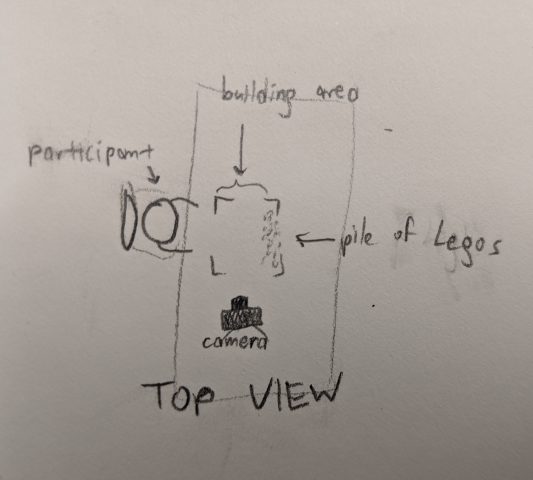
What’s the display method?
So I’m not totally decided on this yet; we’ll see what kind of results I get. I’m hoping that the process of watching people build is interesting: maybe some people will sort out the Legos, some will go right into it and then have to backtrack, some will build larger sub-pieces and put those together, etc. If this is the case, then I think I’ll display these videos in a grid, sped up something like 10x, so you can watch the different building processes at the same time. Once each person finishes, we’ll stop on an image on their completed spaceship, so at the end you can see them all in a grid (before it loops back to the start). If this looks so busy that it’s disorienting, or if the building process turns out not to be interesting, I can just make a grid of the spinning spaceship videos.
One thing that would be very fun is to keep all of the Lego spaceships, and then display them together like a typology of sculptures. I think that would be the most interesting to look at, but it presents some challenges: I want everyone to have the same set of Legos. In other words, if the first participant uses up a lot of curvy pieces, I don’t want that to limit the next participant’s design. So if I’m not disassembling the ships, I’ll have to somehow replace the pieces that were just used between each trial? That seems logistically tricky, not to mention expensive (I’m shopping for the Legos now and already surprised how expensive some of the fancy stuff is). One potential option, then, is to do this virtually. Take lots of pictures of the spaceships, do photogrammetry on them, and put them in a digital outer space. I generally don’t love photogrammetry as a display method, but it may be appropriate here. Then again, this virtual version still looses the magical thingy-ness of actual Lego bricks.
I will continue to think about methods of display, and would love to discuss it with someone. One of the reasons I’m capturing video is because I’m still undecided on the display–a spinning video can become a set of images for photogrammetry, or series of progress images, or any number of things I may need.
